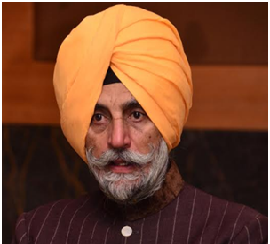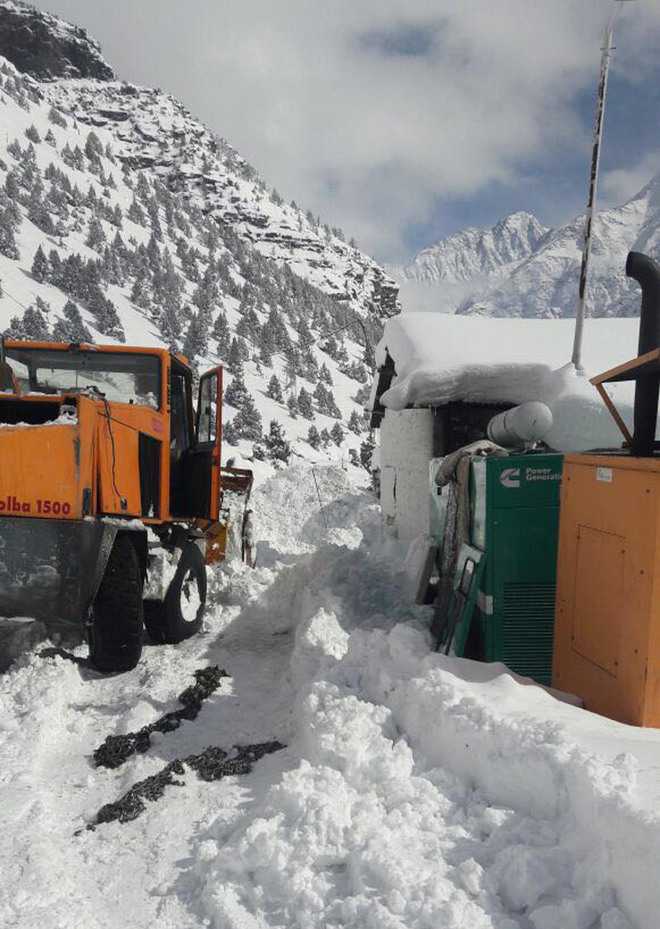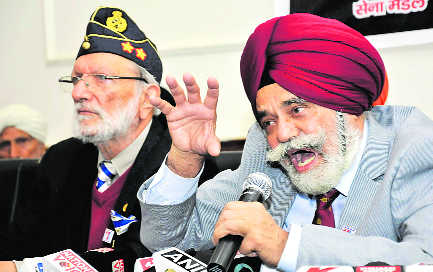NEW DELHI: End 2016 the government broke convention and went three down on the seniority ladder to nominate the next Chief of the Army Staff. It is the prerogative of the government to select and appoint a service chief, however, no prerogative or right can be exercised if divorced from application of mind and sound reasoning.
Presumably, it had good reasons to do so and hopefully it weighed up the long term hazards of doing so. It predictably generated much debate and not the least in political circles. In a country where everything from garbage to governance is mired in politics this is unexceptional. Nevertheless, the hazards need to be highlighted.
Much as it appears hide bound and even comical to the ordinary civilian, rank and seniority are a functional necessity and the backbone of the military’s culture and ethos worldwide. Supersession, even at the very lowest levels of the Army – in Army parlance Number Katna – is not taken lightly or easily accepted unless there are convincing reasons. More often than not extraneous reasons are cited and much rancour generated.
Given the pyramidcal rank structure, which becomes an Eiffel Tower at the senior levels, less than two percent of a batch makes it to the rank of Lt General after intense scrutiny, assessment and competitive professional qualifications over more than three decades. Competence at that level need no longer be in question. The other issue is one of ‘suitability’.
We are unique amongst all major democracies where civilian control over the military has come about as bureaucratic control, instead of control by the elected political executive.
In nominating the next Army Chief the political leadership appears to have exercised such control which is to be welcomed. Having done so the political leadership has to take ownership and continue to exercise such control on associated issues and other important matters such as force structuring, higher defence control, modernisation, personnel policies, pay commissions and so on. Appointing a service chief cannot be a onetime ownership.
The political leadership has more often than not chosen to ignore the service chief’s recommendations while accepting the bureaucratic inputs. Appointing a service chief and expecting him to deliver better than another would be meaningless unless his professional views are respected.
Given the extremely limited if not nonexistent interaction between the senior military leadership and the political leaders, compounded by abysmally low understanding of matters military, for the political class to make an informed choice about the professional suitability of senior military leaders is again very unlikely.
In the present case it would not be wrong to assume that the decision was driven by bureaucratic inputs and not on professional military considerations. Military leadership is built upon credibility and mutual trust. Any perception amongst the rank and file that the senior leadership has secured its appointment by unsoldierly means cannot but destroy faith in the leadership with disastrous consequences. Any deep selection and consequent supersession must therefore be exercised with extreme caution.
The prevailing view and sentiment amongst the middle and lower rung of the officer cadre and the ranks is that the senior leadership has been unable or incapable of addressing their concerns and safeguard the service interests. It is seen as not doing enough about organisational structures, infrastructure, critical personal equipment like bullet proof jackets and mundane items like PT shoes, pay commission anomalies, OROP and degradation of rank equivalence and status.
This dent in mutual confidence will only be enlarged if selection to senior ranks is seen as another compromise by the services. Having nominated the next chief based on his ‘suitability’ would the political leadership help build his credibility by addressing these issue? Unlikely. The consequence would be the reinforcement of the perception that the senior leadership is unable to safeguard the service interests and consequently further dent the mutual confidence and trust between the leader and the led.
Much political mileage was sought to be derived from the cross LOC action post the Uri attack and the cross border action into Myanmar is again sought to be highlighted. Much as the ownership of the strike was played up for public consumption, accepting responsibility for the inevitable casualties thereafter was hard to come by. It was conveniently passed off as laxity, slip ups in adhering to standard operating procedures and so on. In military terms these were small actions carried out in the past and will happen in the future. Such actions are at best creditworthy at the junior execution level.
Historically in the past, supersession in appointing service chiefs was politically and personality driven. It can only be hoped that this time it is different. The consensus in the Army till today is that when Lt Gens Thorat, Bhagat and Sinha were superseded the Army was the loser. Much was expected of them by the Army. All three were known to be highly competent and strong personalities and interestingly all three proved their worth post retirement in areas and appointments in which they would normally be seen as ‘unsuitable’. Combat experience or relative competence was cited then; the same arguments are advanced today. Hopefully, in the long term interest of the Army and the country they are validated.
Promotion from Maj Gen to Lt Gen is the last rank when formal selection based on comparative merit by a duly constituted selection board is carried out. Those empanelled are thereafter promoted by seniority as and when vacancies arise. Appointment as Corps Commander requires three years residual service and the criteria for elevation to Army Commander is two years residual service when a vacancy arises.
Consequently very competent and highly rated Lt Gens do not make it to Army Commander. Similarly elevation to Army Chief is again decided by two years residual service when that vacancy arises. It has often been debated and settled that much as it would be desirable to base such senior promotions on merit based selection, objectively drawing up a comparative inter se merit at that stage is a difficult proposition as also the hazards of parochialism, lobbying, political patronage and so on are worse than the system of seniority and residual service.
In our milieu such hazards are very much present. As appointment of Corps Commanders and Army Commanders is based on residual service and seniority, extending the concept of selection by suitability may appear logical and tempting. The consequences are not hard to imagine – every senior commander from Division onwards working towards his ‘suitability’ rather than devoting his energies towards his command functions. What needs to be addressed in the present system is the extremely short tenures of General Officers. It would need major restructuring of personnel management policies to address this issue.
The regimental system is a great strength of the Indian Army. Pride in the arm and regiment contributes immensely towards its professional excellence and fighting spirit. Unfortunately, it is carried into the functioning at senior levels generating much resentment against inter se advantages derived purely on regimental affiliations. This issue has been echoed in the present controversy also. Without delving into its veracity in the present case, it needs to be said that the issue needs to be addressed.
Matters military require a deep understanding of not only the national security imperatives and the role of the military therein but also the working culture, ethos, values, customs and traditions of the military. Service chiefs embody the pride, prestige, hopes and aspirations of the service. Anything to do with them must be done with due care and consideration.
When Akbar appointed Man Singh of Jaipur as his Senapati the object was to secure an alliance with the most powerful Rajput state, prevent a confederation of Rajputs against the Mughals and ensure safety of the vital trade route from Agra to Surat. Such imperial empire building considerations do not exist today.

(Lt Gen NS Brar (Retd) is former Deputy Chief, Integrated Defence Staff)


























































































































